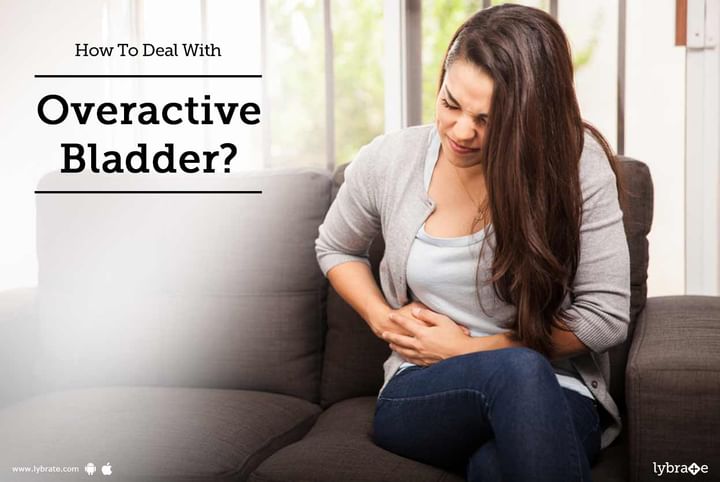How To Deal With Overactive Bladder?
Overactive bladder, also known as OAB, is a condition where sudden involuntary contractions of the urinary bladder's muscular walls cause bladder storage dysfunction. It leads to sudden and frequent urges to urinate (urinary urgency), as well as unintentional leakage or urine (urinary incontinence).
This is a condition that affects both men and women and causes tremendous discomfort in nearly every aspect of daily life. The specific causes of OAB vary from case to case but it is generally attributed to infection of the urinary tract or dysfunction of the nervous system. The symptoms are intensified by unhealthy lifestyle choices such as overindulging in caffeinated drinks, spicy foods, and alcohol.
There are several ways in which you can deal with the problem of OAB, depending on the nature of the case. It is necessary for you to consult a urologist for a detailed diagnosis to formulate the best treatment option.
Following are the most effective remedies to treat an overactive bladder:
1. Lifestyle Modifications - Also known as behavioral therapy, this is the first step in the treatment of OAB. It involves inculcating simple changes into everyday habits such as avoiding food and drinks that irritate the bladder, scheduling (and in some cases, practice delaying) bathroom visits, exercising the pelvic floor and bladder muscles, keeping a record of urinating habits in a 'bladder diary' for better understanding the problem, etc. You can incorporate these habits into everyday activities for an easy alleviation of the problem with absolutely no side effects.
2. Medication and Surgery - There are several different kinds of medicines and drugs that can treat the problem of OAB. The most common types are muscle relaxants that loosen the muscles of the urinary bladder to prevent involuntary contractions, and antibiotics and anti-inflammatory drugs that treat urinary tract infections. Many types of implants are surgically set into the pelvic area to act as electrical nerve stimulators for neuromodulation therapy. Reconstructive bladder surgery is another remedial option.
3. Devices and Products - Urinary urgency and incontinence can be managed through the external use of various devices and products which collect and hold urine or absorb leakages. These include indwelling catheters, condom catheters (for men), urine drainage bags, absorbent pads and adult diapers, and toilet substitutes such as bedpans and bedside urinals. If you wish to discuss about any specific problem, you can ask a free question.



+1.svg)
